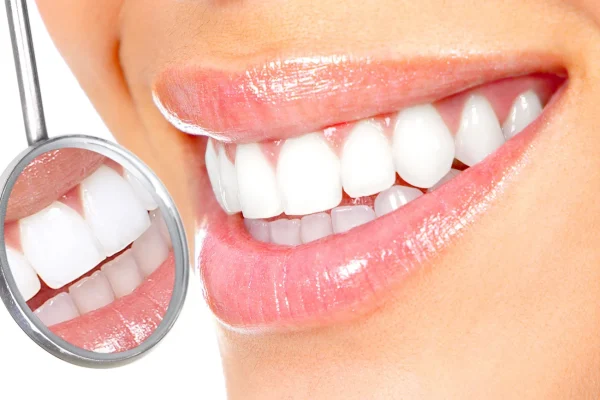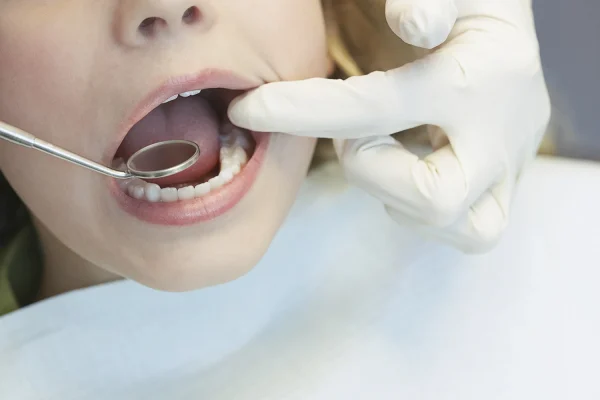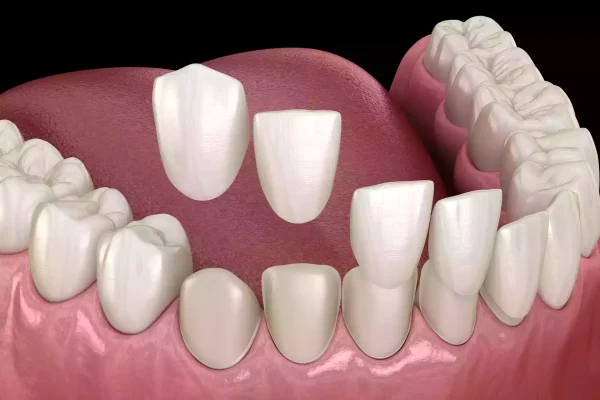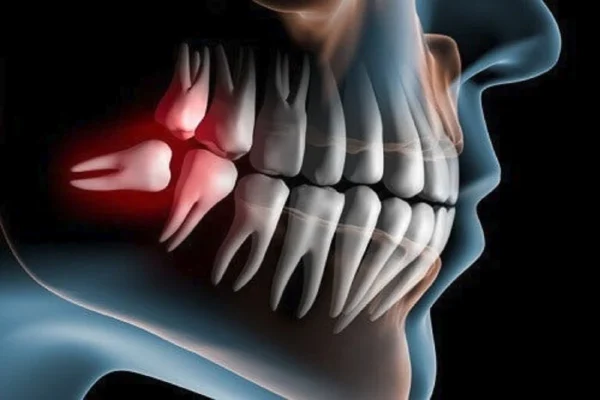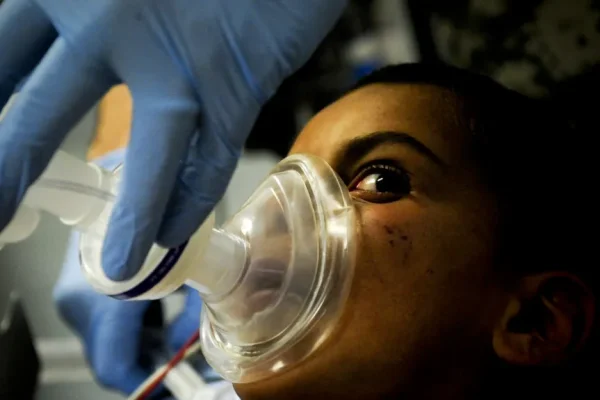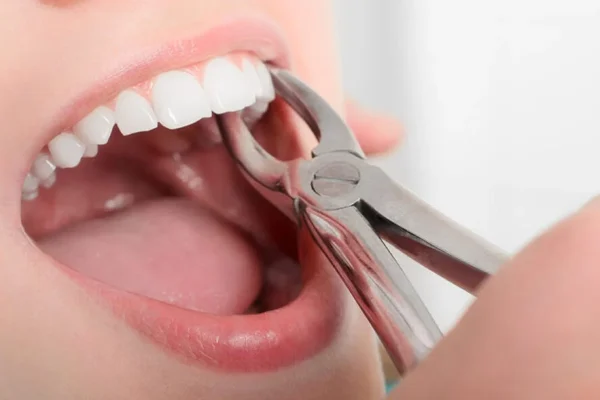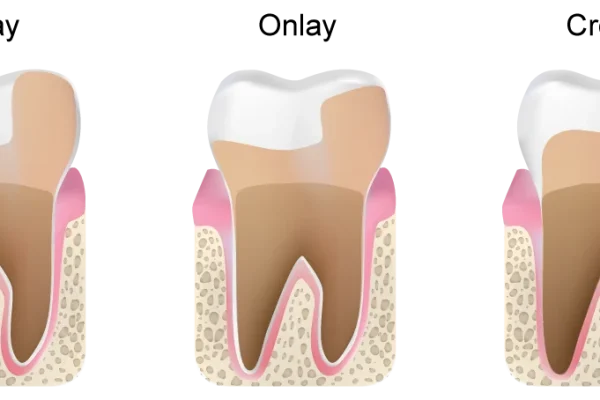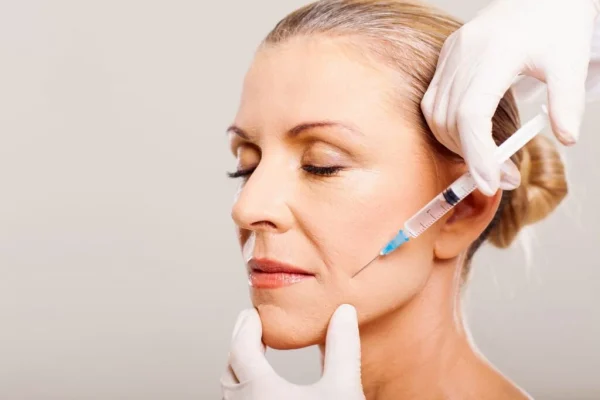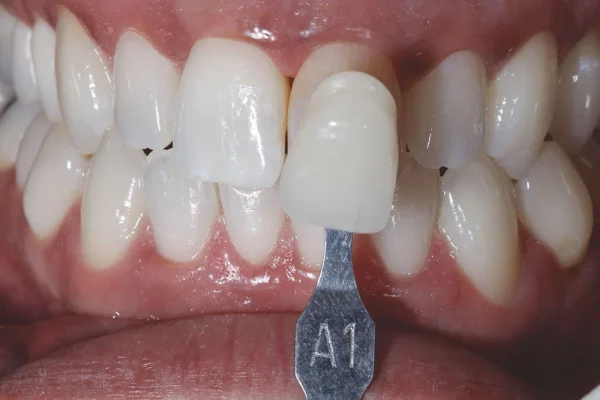A jeni të lodhur nga telat? Ne kemi zgjidhjen ideale për ju, dhe ajo quhet INVISALIGN!

Teknologjia më e re ju mundëson të drejtoni dhëmbët tuaj dhe të keni buzëqeshjen perfekte në mënyrë shumë të thjeshtë. **Invisalign** është metoda më e re në industrinë dentare, e cila ofron aparate të drejtimit të dhëmbëve që janë plotësisht transparente dhe mund t’i mbani gjatë gjithë kohës pa u shqetësuar për pamjen tuaj të përditshme.
Përveç shqetësimit që mund të keni për dhëmbët e padorë, rëndësi të madhe ka edhe kujdesi oral. Kur keni nevojë për ndihmën e dentistit për të përmirësuar buzëqeshjen tuaj, kujdesuni edhe për shëndetin oral dhe pasojat që mund të ketë nëse nuk veproni shpejt. Teknologjia për të cilën po flasim është shumë më e sofistikuar se telat tradicionale. Mjafton një konsultë në klinikën tonë, dhe do të keni mundësinë të përfitoni nga produkti **Invisalign**.
Kështu, për të gjithë ju që nuk dëshironi telat metalike, por dëshironi të drejtoni dhëmbët tuaj, zgjedhja më e mirë është metoda e re INVISALIGN! Kjo teknikë ju siguron 100% efektin e dëshiruar! Nxitoni të bëni konsultën falas në klinikën tonë!
Si funksionon metoda Invisalign?
1. Konsulta fillestare: Ju bëni një konsultë me një nga mjekët tanë në Dentale Albania, ku vendoset trajtimi i duhur për ju.
2. Marrja e masave: Merret masa e dhëmbëve tuaj për të bërë një studim të detajuar të rastit tuaj.
3. Studimi i rastit: Në bazë të masave të marra, kryhet studimi për të parë nëse rasti juaj është i përshtatshëm për trajtim me Invisalign.
4. Planifikimi i trajtimit: Nëse rasti juaj mund të trajtohet me Invisalign, ju tregohet ecuria e trajtimit dhe si do të ndryshojnë dhëmbët tuaj gjatë kësaj kohe.
5. Fillimi i trajtimit: Nëse vendosni të filloni trajtimin brenda 10 ditëve, aparati i parë do të jetë në duart tuaja!
Pra, mund të themi që është kaq e thjeshtë, praktike dhe efikase! Invisalign është e ardhmja e buzëqeshjes suaj!
Përfitimet e Invisalign
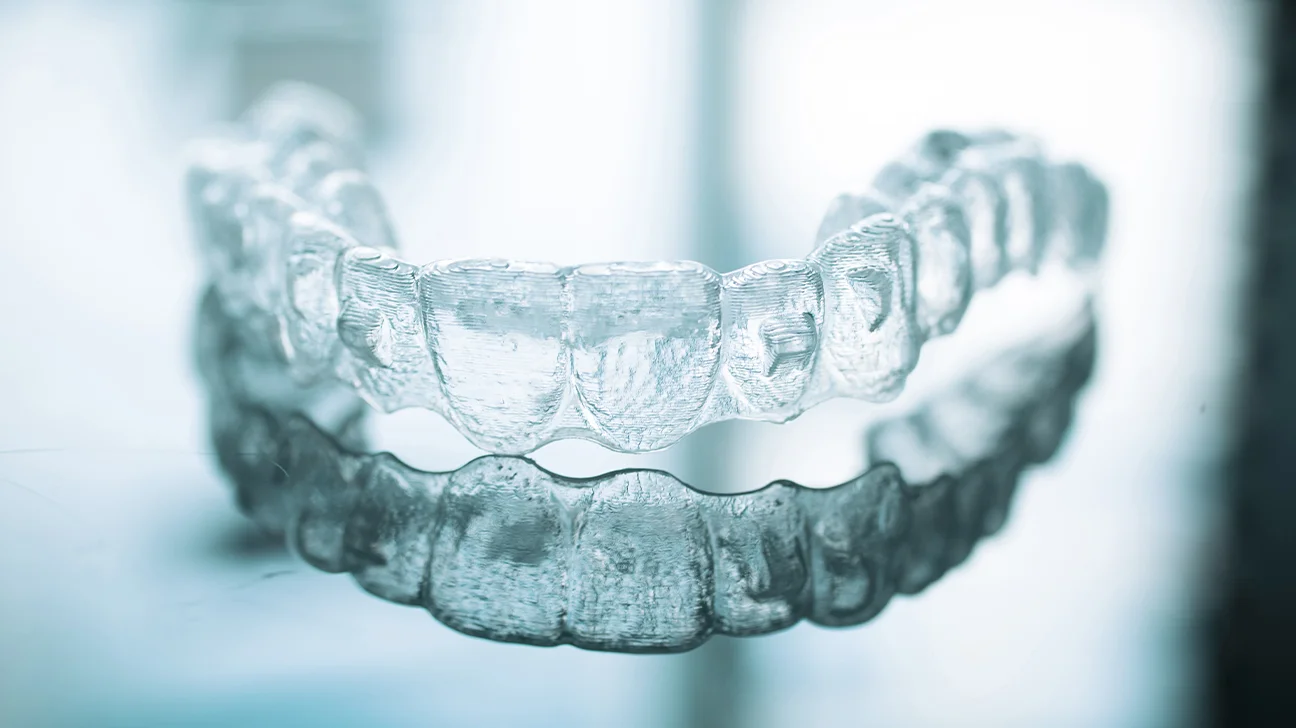
– Transparente: Nuk duken dhe nuk ndërhyjnë në pamjen tuaj të përditshme.
– E lëvizshme: Mund t’i hiqni lehtësisht kur hani ose pastroni dhëmbët.
– E rehatshme: Nuk ka tela metalike që mund të shkaktojnë bezdi ose irritim.
– Lehtësi në pastrim: Mund të pastroni dhëmbët tuaj si zakonisht, duke reduktuar rrezikun e akumulimit të bakterieve dhe sëmundjeve periodontale.
– Më e dashura për mishrat e dhëmbëve: Nuk i dëmton gingivat dhe ndihmon në përshtatjen më të mirë të dhëmbëve gjatë trajtimit.
Kur rekomandohet përdorimi i Invisalign?
– Dhëmbë të ngjeshur: Kur dhëmbët janë shumë të ngjeshur me njëri-tjetrin.
– Hapsira midis dhëmbëve: Kur ka hapësira të mëdha midis dhëmbëve.
– Dhëmbë të dalë jashtë: Kur dhëmbët e përparmë janë të dalë jashtë.
– Kafshim jo normal: Kur dhëmbët nuk takohen si duhet gjatë kafshimit.
– Linjë e çrregullt e dhëmbëve: Kur qendra e linjës së dhëmbëve të sipërm dhe të poshtëm nuk puthiten.
Pse Invisalign është më i favorshëm?
– I padukshëm: Drejtuesit janë të bërë nga një material transparent, praktikisht të padukshëm.
– I rehatshëm: Nuk ka tela metalike apo pjesë që mund të shkaktojnë irritim.
– I lehtë për t’u përdorur: Mund të hani dhe pastroni dhëmbët pa asnjë problem.
Si është të kesh drejtues transparent Invisalign?
Procesi i trajtimit me Invisalign përfshin përdorimin e drejtuesve transparentë që veshin dhëmbët tuaj dhe përputhen me to në mënyrën më të mirë të mundshme. Ata gradualisht lëvizin dhëmbët tuaj në pozicionin e duhur, pa nevojën për tela, braketa ose efekte anësore.
Drejtuesit e dhëmbëve (të bërë nga një material plastik i dukshëm) nuk janë thjesht plastikë. Ato janë të bëra nga materiale të certifikuara nga FDA, pa përmbajtje të BPA, BPS, latex ose gluten. Materiali i përdorur është i patentuar si SmartTrack , i cili siguron rehati dhe rezultate të shkëlqyera.
Kallëpët Invisalign janë të përshtatur përgjatë vijës gingivale për komfort dhe pamje më të mirë. Me këtë sistem, janë trajtuar mbi 6 milion buzëqeshje, duke përfshirë 1.4 milion buzëqeshje adoleshentësh.
Nxitoni të bëni konsultën tuaj falas dhe hapni rrugën drejt një buzëqeshjeje perfekte me Invisalign!





